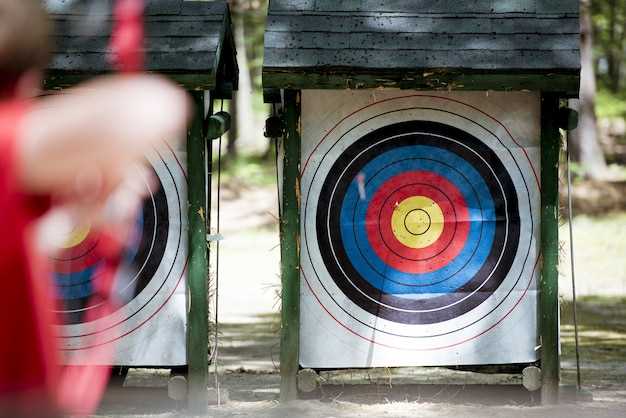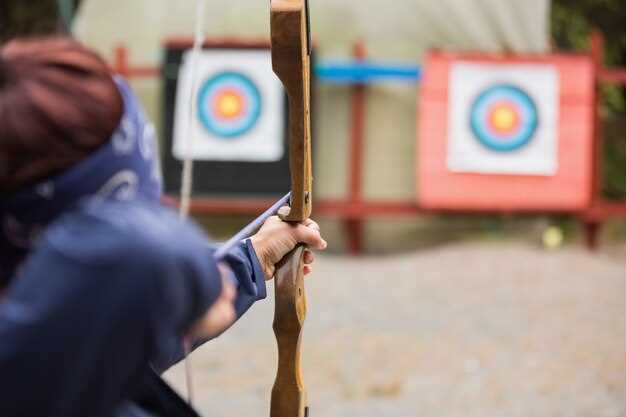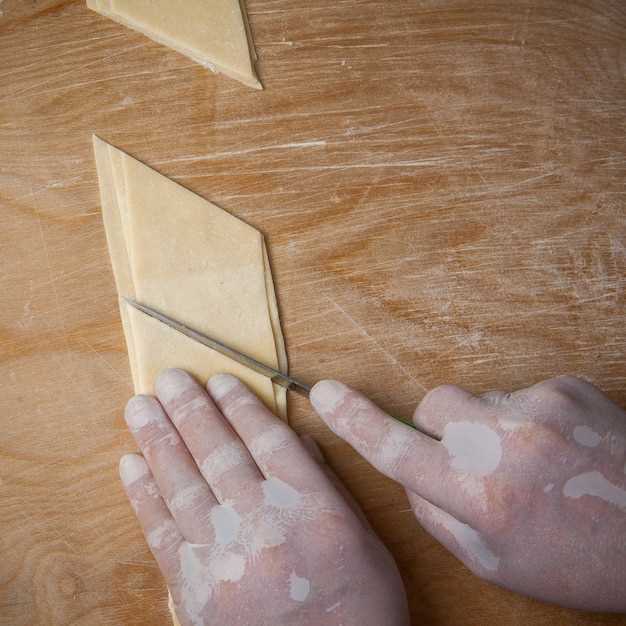
Archery is not just a sport; it’s a passion that blends skill, precision, and a deep connection with nature. For enthusiasts looking to practice in their own backyard, creating your own DIY arrow targets can be an enjoyable and cost-effective solution. Foam materials offer an excellent medium for constructing targets that are both durable and capable of stopping arrows without causing damage to the tips.
In this guide, we will explore how to build your own arrow targets using foam, making it accessible for archers of all skill levels. Foam is lightweight, affordable, and easy to work with, allowing you to customize the size and shape of your targets to suit your specific needs. Whether you are preparing for competitions or just honing your skills, a DIY target made from foam can provide you with hours of practice in the comfort of your own backyard.
Not only does making your own targets allow for a personalized experience, but it also offers the satisfaction of creating something from scratch. In the following sections, we will delve into the materials required, step-by-step instructions, and helpful tips to ensure your DIY arrow targets are effective and long-lasting.
Selecting the Right Foam Materials for Your DIY Targets

When constructing your own arrow targets, the choice of foam material is crucial for achieving optimal performance and longevity. Various types of foam offer different benefits, making it essential to understand their characteristics before making a decision.
Closed-cell foam is often recommended for outdoor use, especially in your backyard. It has a denser structure, which helps absorb the impact of arrows more effectively. This type of foam is also moisture-resistant, making it suitable for various weather conditions without degrading quickly.
Open-cell foam, while softer and easier to work with, may not be the best option for outdoor targets. It can absorb water, leading to faster wear and tear when exposed to rain or humidity. However, if you are constructing a target that will be used primarily indoors or in a sheltered area, open-cell foam can provide a softer impact, which may be beneficial for certain archery practices.
Another important factor to consider is foam density. The denser the foam is, the better it will withstand repeated arrow impacts. Medium to high-density foam is advisable for backyard targets, ensuring they maintain their shape and functionality over time. Additionally, consider the foam thickness; thicker sections will provide better stopping power and durability.
When selecting foam for your DIY targets, think about the type of arrows you will be using as well. Broadhead arrows might require more robust foam to prevent damage, while field points can potentially work well with softer foams. Always tailor your material choice to match your specific archery needs.
In conclusion, choosing the right foam material is pivotal in creating effective and durable arrow targets for your backyard. By carefully evaluating closed-cell versus open-cell options, density, and intended arrow types, you can ensure that your DIY project performs well and lasts for many practices to come.
Step-by-Step Instructions for Assembling Foam Targets in Your Backyard
Creating foam archery targets in your backyard is an enjoyable and practical DIY project. Follow these step-by-step instructions to build effective and durable foam targets.
Step 1: Gather Materials
You will need polyethylene or EVA foam sheets, a utility knife or scissors, a measuring tape, and a sturdy backing board. Also, consider using a strong adhesive or Velcro, along with optional paint for target markings.
Step 2: Determine Target Size
Decide on the dimensions for your foam targets. Common sizes range from 24 inches to 48 inches in diameter. Use a measuring tape to outline the desired shape on the foam sheets.
Step 3: Cut the Foam
Carefully cut the foam sheets according to your outlined measurements. If you want multiple layers for better durability, cut several pieces of foam in the same size.
Step 4: Assemble Layers
If you’re using multiple layers, stack the foam pieces. Use the adhesive to bond each layer securely, ensuring they are aligned properly. Hold them together for a few moments to allow the glue to set.
Step 5: Create Target Marks
After the foam layers are assembled, mark the target rings with paint or by drawing with permanent markers. Choose bright colors for visibility, ensuring the design is clear and attractive.
Step 6: Attach the Backing
Attach your assembled foam target to a backing board. This can be made from plywood or a similar sturdy material. Use screws or nails to ensure stability, particularly if the targets will be exposed to outdoor conditions.
Step 7: Position the Target
Finally, place your foam target in your backyard at a safe distance from any obstacles. Make sure it is securely anchored to prevent unintended movement during use.
Now your DIY foam targets are ready for archery practice! Enjoy honing your skills while ensuring safety and precision in your backyard.
Maintenance Tips to Extend the Lifespan of Your Foam Targets

Creating DIY foam targets for your backyard archery practice is an enjoyable and rewarding experience. To ensure these targets last as long as possible, proper maintenance is essential. Here are several tips to extend their lifespan.
First, always store your foam targets in a dry place. Moisture can degrade the foam material over time, causing it to lose its structural integrity. If your targets have absorbed water due to rain or humidity, allow them to dry completely before use. Consider using a weatherproof cover to protect them when not in use.
Regularly inspect your foam targets for signs of wear and tear. Look for dents, punctures, or any surface damage caused by repeated arrow impacts. Small repairs can be made with foam-safe adhesive or by patching up with additional foam material. Addressing these issues early on can prevent further deterioration.
After each use, take a moment to clean your targets. Remove any debris such as dirt or twigs that may have accumulated on the surface. A soft brush or cloth can help maintain the target’s condition without causing damage.
Rotate your targets periodically to ensure even wear. Firing arrows into the same area repeatedly can cause that section to degrade faster. By changing the position of the targets or shifting the shooting angle, you distribute wear more evenly and prolong their lifespan.
Consider applying a protective coating specifically designed for foam materials. This can help shield your targets from UV rays and other environmental factors that can cause deterioration. Make sure to choose a product that is compatible with the type of foam you have used in your DIY project.
Finally, always pay attention to how your arrows are impacting the foam. Using arrows with broadheads or those that are too heavy can cause more damage than lighter field points. Choosing the right arrows for your foam targets can make a significant difference in their longevity.



